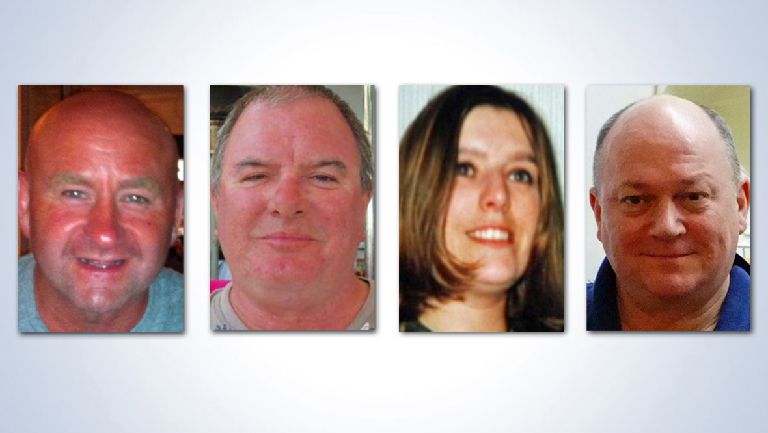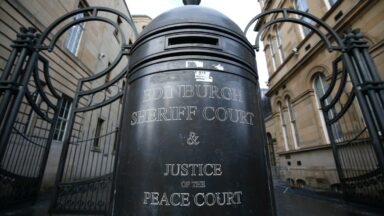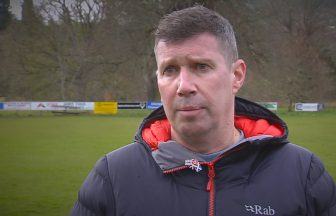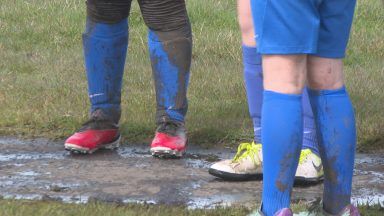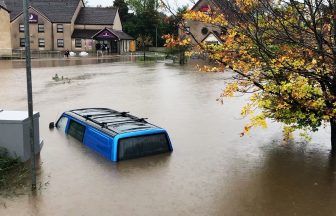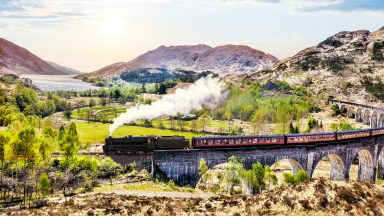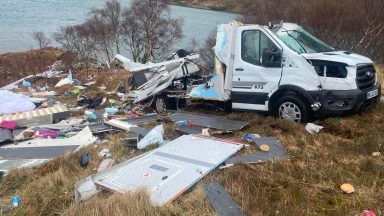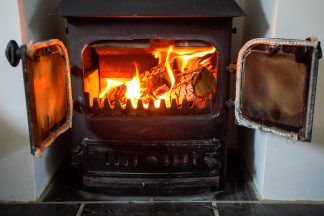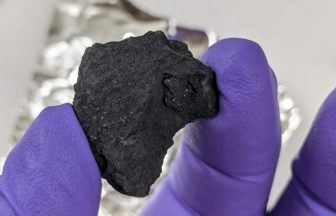A crash involving an offshore helicopter that ditched into the North Sea as it approached Shetland – killing four passengers – was caused by pilot error, an inquiry ruled on Monday.
A Fatal Accident Inquiry (FAI) found the crash happened because the commander failed to maintain the target approach speed of 80 knots as the Super Puma L2 came in to land at Sumburgh Airport in August 2013.
In his determination following the FAI, Sheriff Principal Derek Pyle wrote: “If he had done so, the helicopter would not have reached the critically low energy state from which recovery was impossible.
“That is where ultimate responsibility rests, but as several witnesses explained there are other safety barriers in place, each of which of its own would prevent such a failure either occurring or, if it does occur, quickly and effectively remedying it.”
He said there was “plainly no wilful neglect” on the part of Captain Martin Miglans, describing him as a “pilot of huge experience with a first-class record of flying over many years”.
However, he said: “Rather, there was, as one witness described it, a perfect storm of circumstances which resulted in all the safety barriers in place not preventing – or remedying – his one failure, to maintain the correct speed.”
Two crew members and 12 passengers on the Super Puma L2 survived when it ditched on its approach to the airport.
But Sarah Darnley, 45, from Elgin, Moray; Gary McCrossan, 59, from Inverness; Duncan Munro, 46, from Bishop Auckland, County Durham, and George Allison, 57, from Winchester, Hampshire, died.
Survivor Samuel Bull took his own life in London in 2017, which Sheriff Principal Pyle said was “directly caused” by the crash.
An air investigation report published in 2016 found that the pilots failed to properly monitor the flight instruments and failed to notice their speed was decreasing until it was too late to avoid the helicopter plunging into the sea.
Mr Pyle said that there were no precautions which could reasonably have been taken that might realistically have resulted in the deaths, or the accident resulting in the deaths, being avoided.
He also praised the “exemplary conduct” of co-pilot Alan Bell, both in the seconds immediately before the crash and in his efforts to save the survivors, “but for which others would almost certainly have died”.
Sheriff Pyle said much has improved over the last 20 years, and that while helicopter trips in the North Sea are by their nature more perilous than general flights by fixed wing aeroplanes they are a “safe means of transport.”
Improvements include the development of a new helicopter terrain awareness warning system, while it is now compulsory for operators in the UK to provide compressed air breathing systems for commercial offshore helicopters.
During evidence from survivors during the FAI, held virtually in August and September, some described their submersible training and contrasted it with training for the Norwegian sector, which some said was more realistic.
However, Sheriff Pyle said that a balance has to be struck between realism and the safety of those being trained and that it would be “impractical, perhaps impossible”, to provide realistic training which would ensure that passengers had sufficient experience to make a significant difference.
The Sheriff Principal also commented on the length of time it took for the FAI to start, seven years after the accident, but said the delay was beyond the Crown’s control.
Follow STV News on WhatsApp
Scan the QR code on your mobile device for all the latest news from around the country


